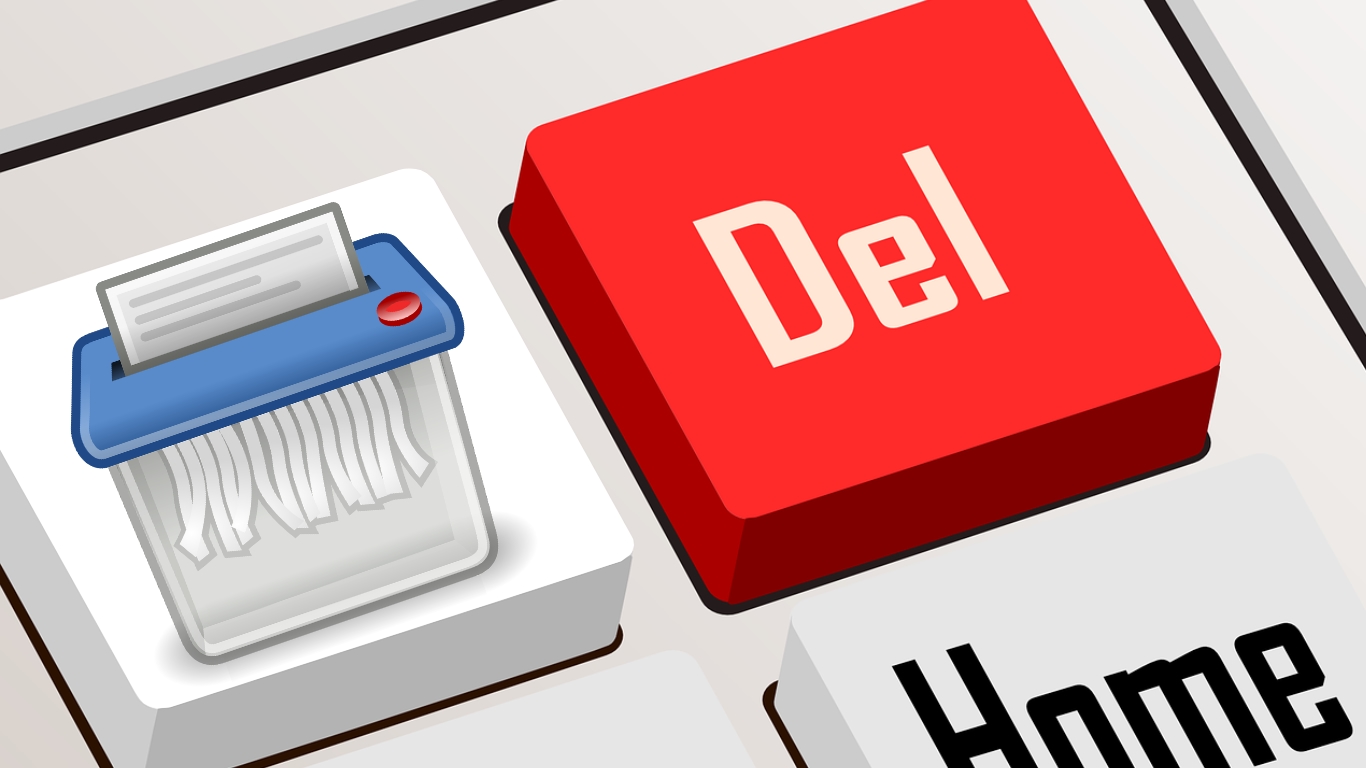


With journalists receiving dozens of press releases and story pitches each day, the key that’s most likely to wear out on their keyboards is DEL.
Journalism is story-telling. And compelling stories don’t start with corporate fluff like “Company X, which scored a bullseye in Esteemed Analyst Firm’s Magic Circle of Greatness, recently innovated with a paradigm changing game of buzzword bingo”.
If you want to avoid the journalist’s DEL key don’t bury the hook. Make the email subject clear and put the money shot in the first paragraph. If the story is that your client saved money or lives – put that in the first line!
Concise press releases, free of effusive adverbs and adjectives, that get the facts across quickly have a far greater chance of being covered.
Images are important. The relentless publishing cycle means having easily accessible supporting images will be the difference between a story running or not running. Images with people always trump staged product shots.
Every press release needs to have accessible spokespeople. Canned quotes are useful in a press release but being able to ask a couple of questions and get some fresh quotes is important. If you issue a press release, make sure the contact people are available.
Publications are rewarded by search engines if they regularly add new content. The days of writing a couple of stories a week are gone. In my most recent longish-term gig, I was writing four stories a day, on deadlines of 7:30am, 9:30am, 12:30pm and 3:30pm each day. And that was in addition to other content I was working on.
One thing that seems to have become standard practice these days is the follow up phone call. A press release is sent out in the morning and an hour or two later, there’s a phone call asking if the press release made it and whether there’s any interest in it or whether “it will run”.
Those phone calls might translate into billable time for agencies but they do little more than interrupt a busy day. If the press release was relevant and the journalist thinks there’s a story in it – they’ll call you.
The increasing number of pitches and shrinking number of journalists and outlets leads to a simple calculus. In order to avoid the DEL key, pitches and press releases need to be direct, cover the facts, include compelling imagery and have accessible spokespeople. Without those, get ready for a trip to the trash.